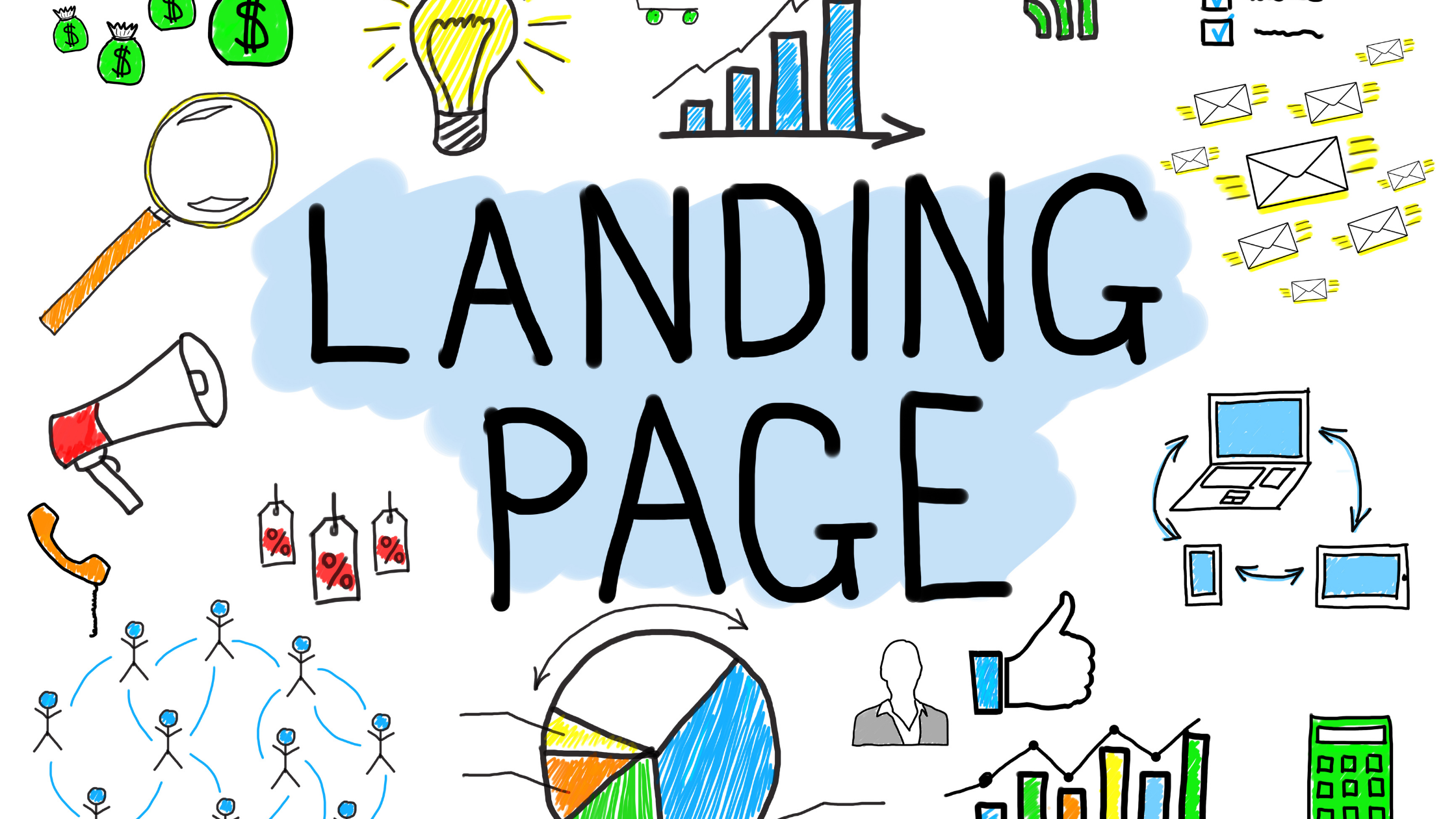Whether you’re announcing your new business, creating an event page, or promoting a new product, you’re going to need more than a shiny landing page to get people to sign on the dotted line.
What you need is a landing page strategy.
Chances are, if you browse the web as often as the rest of us digital humans, you’ll click on a “Learn More” call-to-action (CTA) 26% of the time if it mentions a brand you’re aware of. When you click, you’re expecting the content to match your interests and browsing habits.
It’s a marketer’s job to make sure you’re not disappointed.
Thinking like the consumer is the first step for marketers designing landing pages to achieve a single, focused goal. With only seconds to hold a visitor’s attention, creating a high converting landing page is both an art and a science.
What Is a Landing Page?
A landing page is a standalone web page created specifically for a marketing or advertising campaign.
Whenever a consumer clicks on a link in an email or an ad on Google, YouTube, Facebook, or similar places on the web, they’re redirected to “land” on a specific page that provides more depth to the headline. This makes for a much better user experience than landing on the home page and being expected to figure out where the information referenced in the ad can be found.
But for a page like this to do its job, you gotta know the purpose of that landing page.
Do you want to:
- Verify customer demographics?
- Get new subscribers for your newsletter?
- Encourage visitors to share on social media?
- Lead visitors to a new offer?
- Invite people to an event?
- Do something else entirely?
The options are endless, but your marketing strategy should determine which choice is most relevant.
Let’s take a look at three different types of landing pages you can use to make the most out of your page visits.
1. The lead capture page
The most common use of a landing page is to capture information about your leads. – Read more




